Modern history: 1900-1923
More ships have been destroyed on Tuskar Rock than on any other Irish coastal feature. This low and featureless outcrop lies 7 miles off the Wexford coast, waiting to ensnare unsuspecting ships. It took three years and 14 lives to build its lighthouse in the early 1800s. It was at this forbidding place that the Ulster Volunteer Force (UVF) organised the rendezvous between the SS Fanny, carrying 216 tons of guns and ammunition, and the SS Clyde Valley, soon to be renamed the Mountjoy II, in the audacious Larne gun-running of 1914. The Clyde Valley took on its cargo of contraband weapons and sailed to Larne amid an Ulster-wide UVF mobilisation that preoccupied the authorities. UVF volunteers from all over the province lined the roads to Larne harbour in cars and lorries, ready to secret the weapons in anticipation of the passing of the Home Rule Bill.
The Home Rule movement was the dominant force in Irish nationalist politics from the 1870s. Charles Stewart Parnell’s Irish Parliamentary Party (IPP) had supplanted the Liberal, Conservative, and Unionist parties that had once dominated the Irish political scene. Liberal governments in Westminster had attempted to pass two Home Rule Bills by 1912, only to be defeated in the House of Lords. The Liberals formed a new government in 1910 with the support of the IPP, on the condition that a fresh Home Rule Bill be introduced. Unionists were alarmed, and were prepared to resist with violence if the need arose. The UVF, formerly unarmed, hatched the Larne gun-running to arm their ranks.
The National Museums NI Home Rule to Partition collection highlights this crisis with examples of propaganda from both the Home Rule and Unionist campaigns, and artefacts and weapons from the Mountjoy II.
The First World War prevented the Home Rule Act 1914 being implemented, and the Easter Rising complicated an already difficult political situation. The collection includes a wide array of First War artefacts, including personal belongings and medals from both sides. We hold a fascinating collection of pieces from Ireland in this period too, illustrating the rapid constitutional and social changes that were occurring. There are items from the Easter Rising and the partition of Ireland, and pieces that demonstrate the rising role of the women’s movement, and labour organisations.
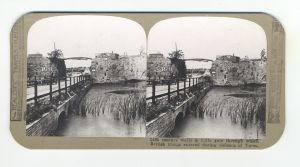
BELUM.W2012.43
14th century walls and Lille Gate through which British troops marched during defence of Ypres
Stereoscope Photograph
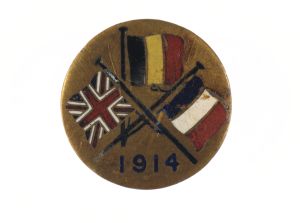
BELUM.W2012.93
1914
Badge
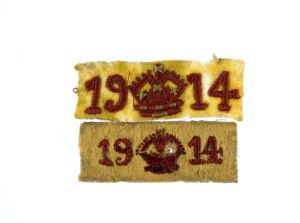
BELUM.O141a.1998
1914
Badge
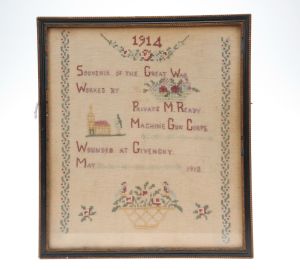
BELUM.W2013.135.1
1914 Souvenir of the Great War
Framed Sampler
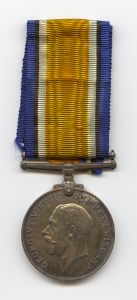
BELUM.W2012.718.23
1914-1918
Medal
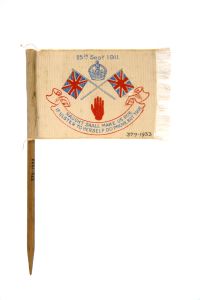
BELUM.O379.1933
25th Sept 1911
Souvenir flag
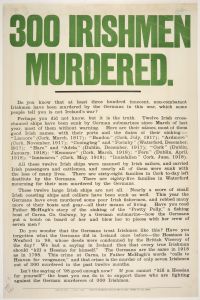
BELUM.Zg14647
'300 Irishmen murdered'
Poster
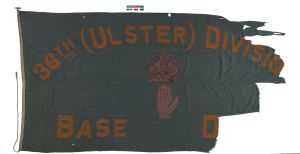
BELUM.O399.1933
36th Ulster Division Flag
Flag
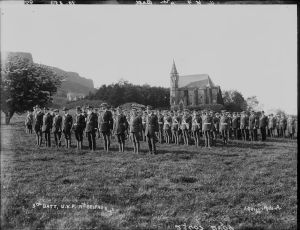
BELUM.Y5173
3rd Batt UVF North Belfast
Photographic negative
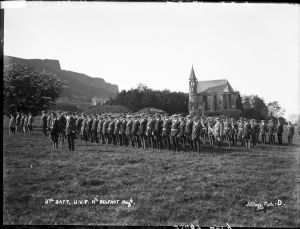
BELUM.Y5176
3rd Batt. UVF
Photographic negative
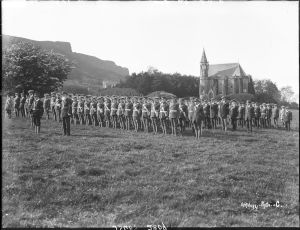
BELUM.Y5175
3rd Batt. UVF
Photographic negative
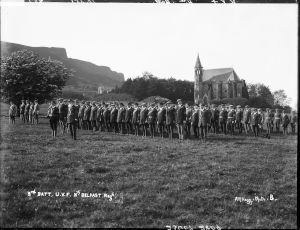
BELUM.Y5174
3rd Batt. UVF
Photographic negative
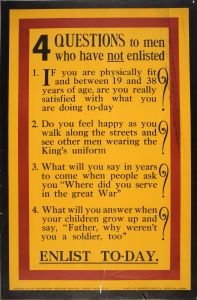
BELUM.O434.1973
4 Questions to men who have NOT enlisted
Poster
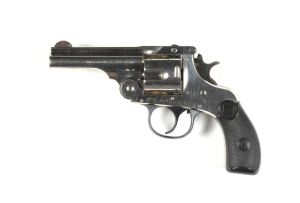
BELUM.W2010.64
4TH BATTN UVF
Revolver
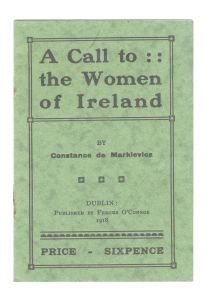
BELUM.W2011.500.1
A Call to the Women of Ireland
Pamphlet
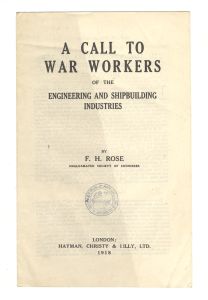
BELUM.Zg5490
A Call to War Workers of the Engineering and Shipbuilding Industries
Pamphlet
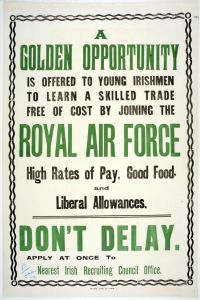
BELUM.Zg14614
'A golden opportunity is offered to young Irishmen to learn a skilled trade free of cost by joining the Royal Air
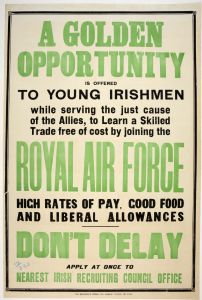
BELUM.Zg14679
‘A golden opportunity is offered to young Irishmen. Royal Air Force. Don't Delay’
Poster
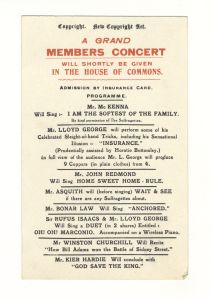
BELUM.W2011.1295.32
A Grand Members Concert
Postcard
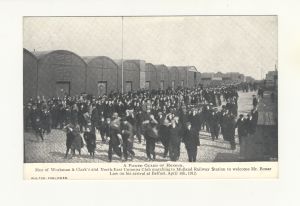
BELUM.W2011.1295.8
A Picked Guard of Honour
Postcard
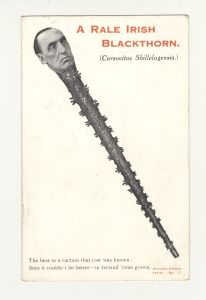
BELUM.W2011.1412
A Rale Irish Blackthorn (Carsonitis Shillelagensis)
Postcard

BELUM.Zg14646
'A resolution passed in the trenches'
Poster

BELUM.W2012.338.3
A Souvenir of April 24th-25th 1914 to Captain James Craig
Baton
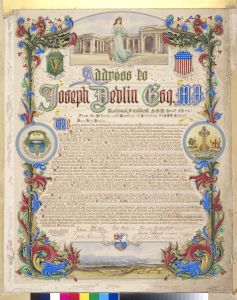
BELUM.W2012.714
Address to Joseph Devlin Esq., MP
Illuminated Address
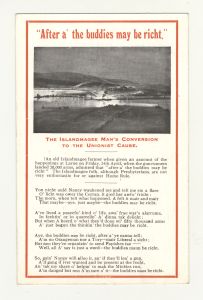
BELUM.W2011.1295.37
"After all the buddies may be richt": The Islandmagee Man's Conversion to the Unionist Cause
Postcard

BELUM.W2012.32
After attack on Mouqet farm, Theipval Ridge
Stereoscope Photograph
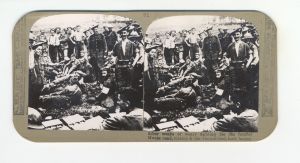
BELUM.W2012.37
After weeks of weary fighting for the fateful Menin Road, victors and the vanquished both happy
Stereoscope
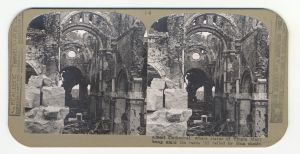
BELUM.W2012.54
Albert Cathedral where the statue of the Virgin Mary hung among the ruins 'til felled by Hun shells
Stereoscope
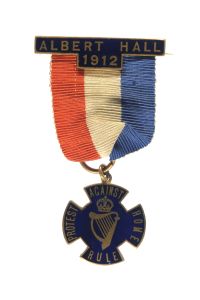
BELUM.O47.1952
Albert Hall 1912
Badge
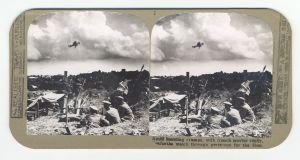
BELUM.W2012.50
Amid bursting crumps, with trench mortar ready, [Sanforths] watch through peripscope for the Hun
Stereoscope
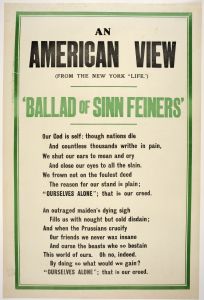
BELUM.Zg14636
'An American view. (from the New York "Life"). Ballad of Sinn Feiners'
Poster
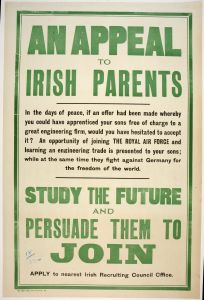
BELUM.Zg14618
'An appeal to Irish parents'
Poster
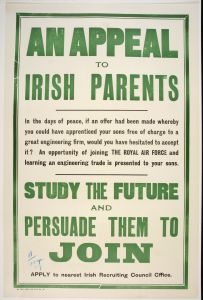
BELUM.Zg14612
'An appeal to Irish parents'
Poster
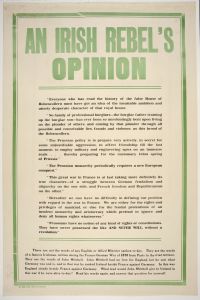
BELUM.Zg14599
'An Irish Rebel's Opinion
Poster
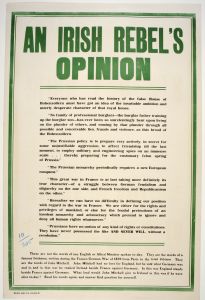
BELUM.Zg14611
'An Irish Rebel's Opinion'
Poster
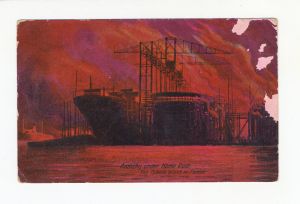
BELUM.W2012.213
Anarchy under Home Rule
Postcard

BELUM.O414.1973
Answer The Call Right Quickly
Poster
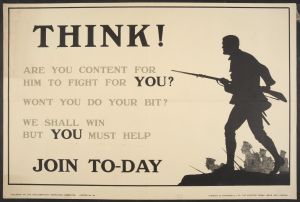
BELUM.O477.1973
'Are you content for him to fight for you?'
Poster
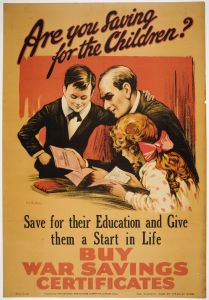
BELUM.O439.1973
'Are you saving for the children?... Buy War Savings Certificates'
Poster
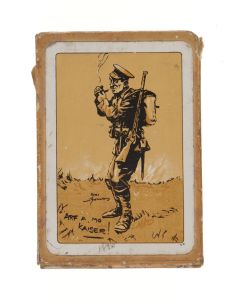
BELUM.O326.1975
Arf a Mo Kaiser
Playing Cards

BELUM.W2012.718.2
Army Medical Service
Armband
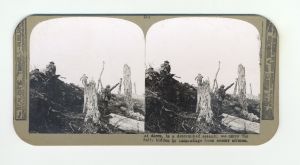
BELUM.W2012.63
At dawn, in a determined assault, we carry [on] fully hidden by camoflage from enemy airmen
Stereoscope Photograph
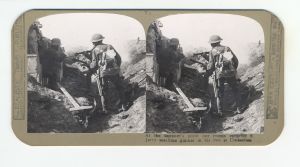
BELUM.W2012.27
At the Bayonet's point our troops surprise a Jerry machine gunner
Stereoscope Photograph
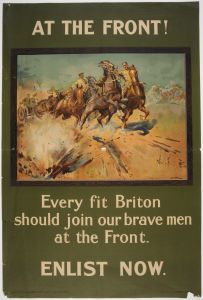
BELUM.O405.1973
'AT THE FRONT! Every fit Briton should join our brave men at the Front. ENLIST NOW'
Poster
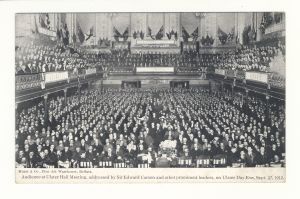
BELUM.W2011.2113
Audience at Ulster Hall Meeting
Postcard
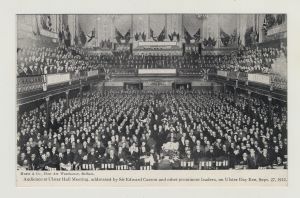
BELUM.W2011.1295.11
Audience at Ulster Hall Meeting
Postcard
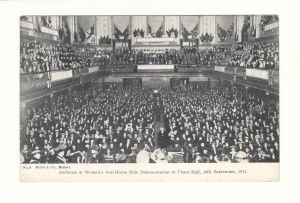
BELUM.W2011.2103
Audience at Women's Anti-Home Rule Demonstration
Postcard
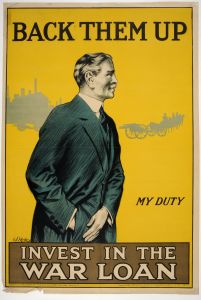
BELUM.O447.1973
'Back them Up. My duty. Invest in the War Loan'
Poster
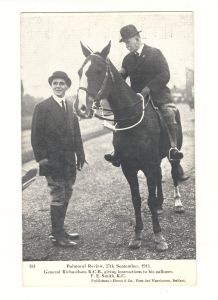
BELUM.W2011.2112
Balmoral Review, 27th September 1913
Postcard
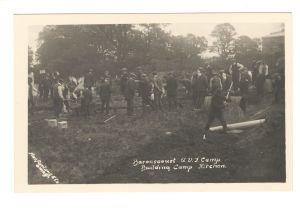
BELUM.W2011.2009
Baronscourt UVF Camp
Postcard
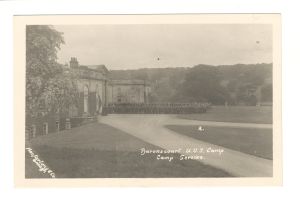
BELUM.W2011.2008
Baronscourt UVF Camp
Postcard
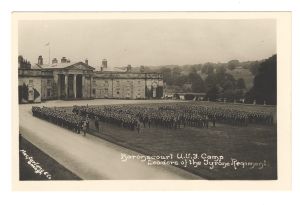
BELUM.W2011.2007
Baronscourt UVF Camp
Postcard


